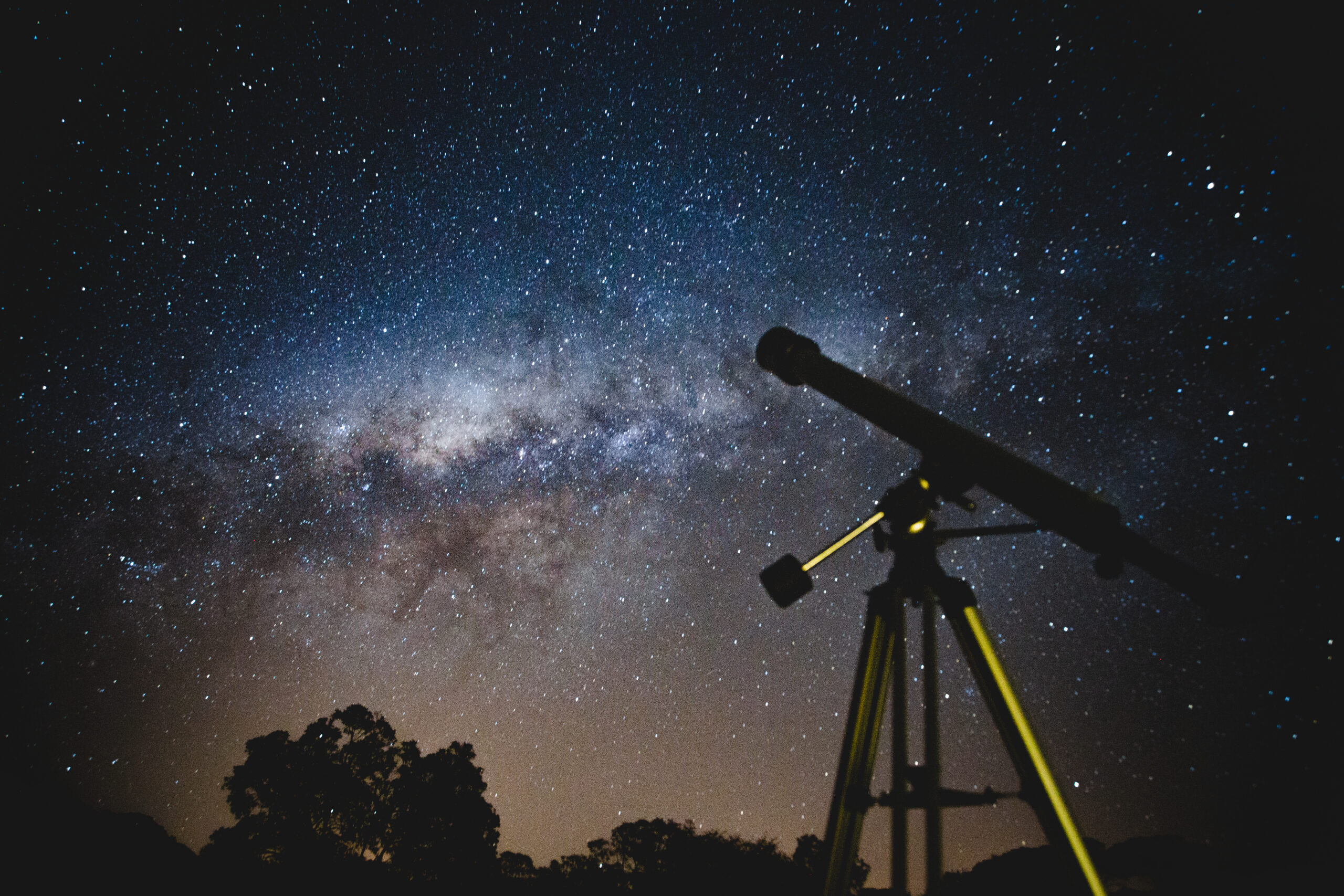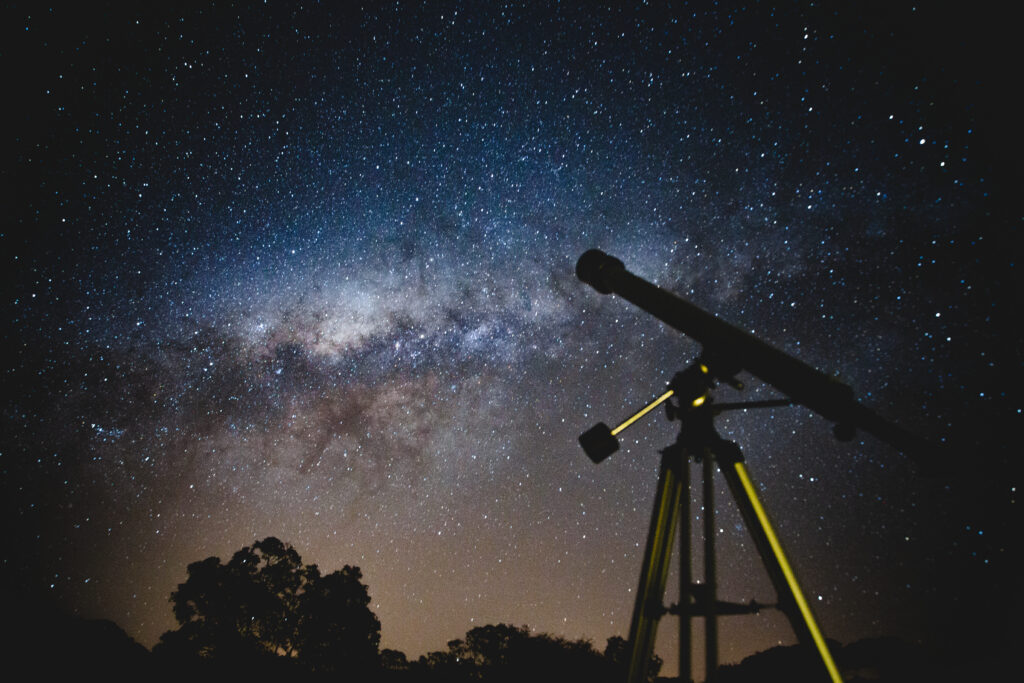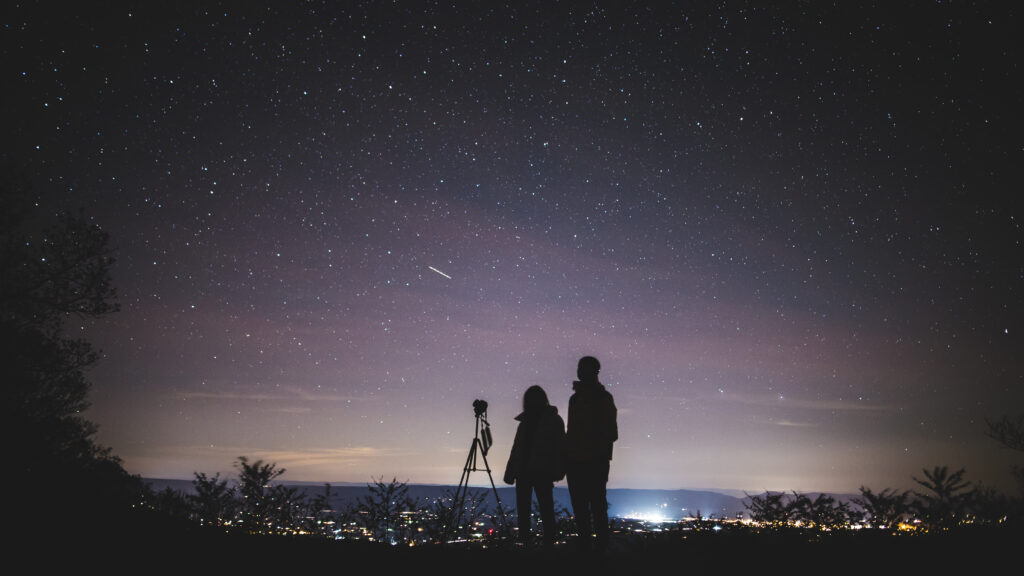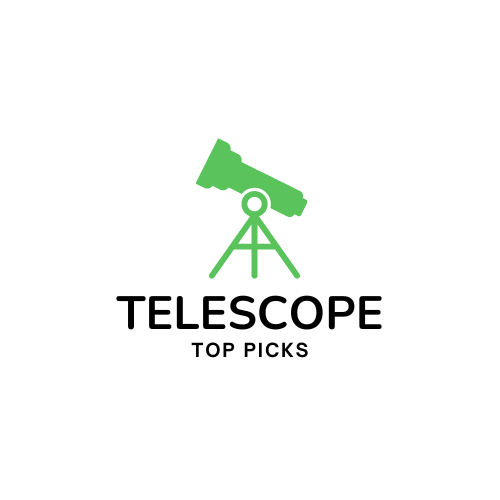
Are you a stargazer searching for the perfect telescope to satisfy your lunar fascination? Look no further! In this article, we explore the question that is on every moon enthusiast’s mind: What is the best telescope for viewing the moon? We will provide you with insights and recommendations to help you navigate through the vast array of telescope options and find the one that will take you on an enchanting journey through the craters and valleys of our celestial neighbor. Prepare to be amazed as we uncover the wonders of the moon through the lens of the perfect telescope.
Factors to Consider
When it comes to choosing a telescope for lunar observation, there are several factors you need to consider. These factors will determine the quality of your viewing experience and ultimately, the satisfaction you derive from observing the moon. Let’s take a closer look at each of these factors:
Aperture Size
One of the most important factors to consider when choosing a telescope for lunar observation is the aperture size. The aperture refers to the diameter of the telescope’s primary mirror or lens. A larger aperture allows more light to enter the telescope, resulting in brighter and more detailed views of the moon. A good rule of thumb is to choose a telescope with an aperture of at least 4 inches (or 100mm) for optimal lunar observation.
Magnification
While magnification is often considered as the main factor in telescope selection, it’s important to understand that it is not the sole determinant of image quality. However, it still plays a significant role in lunar observation. It refers to the extent to which the telescope enlarges the image of the moon. Keep in mind that high magnification does not always equate to better views. In fact, too high of a magnification can result in a blurry and distorted image. Finding the right balance between aperture and magnification is crucial for optimal lunar observation.
Optical Quality
The optical quality of a telescope is determined by the precision of the lenses or mirrors used in its construction. When it comes to lunar observation, you want a telescope with excellent optical quality to ensure crisp and clear views of the moon’s surface features. Look for telescopes that use high-quality glass and have been precision-crafted to minimize distortions and aberrations.
Portability
If you plan on taking your telescope with you to different locations for lunar observation, then portability is an important factor to consider. Some telescopes are large and bulky, making them difficult to transport. On the other hand, there are telescopes that are designed for easy transportation, such as collapsible or compact models. Consider where you will be doing most of your lunar observation and choose a telescope that suits your portability needs.
Budget
Lastly, your budget will also be a deciding factor in choosing the best telescope for lunar observation. Telescopes vary widely in price, ranging from affordable options for beginners to high-end models for advanced astronomers. Determine your budget range and prioritize the factors that are most important to you within that range. Remember that while a higher price tag often indicates better quality, there are still excellent telescopes available at more affordable price points, especially for lunar observation.
Types of Telescopes
Before we delve into specific telescope recommendations for lunar observation, let’s explore the different types of telescopes available on the market. Each type has its own advantages and disadvantages, catering to different observing preferences. Here are the four main types of telescopes:
Refractor Telescopes
Refractor telescopes use a lens to gather and focus light. They are known for their crisp and sharp images, making them a popular choice for lunar observation. Refractor telescopes also require very little maintenance, as their sealed optical tubes prevent dust accumulation. However, they can be quite expensive, especially for larger apertures, and may suffer from chromatic aberration when viewing bright objects like the moon.
Reflector Telescopes
Reflector telescopes, on the other hand, use mirrors to gather and focus light. They offer excellent value for money, as they tend to be more affordable compared to refractor telescopes of the same aperture size. Reflector telescopes are also great for observing faint objects due to their light-gathering capabilities. However, they may require more frequent maintenance, as dust can accumulate on the mirrors over time.
Compound Telescopes
Compound telescopes, also known as catadioptric telescopes, combine both lenses and mirrors to gather and focus light. They offer the best of both worlds when it comes to refractor and reflector telescopes. Compound telescopes are known for their compactness and versatility, making them a popular choice for lunar observation. However, they can be more expensive than their refractor and reflector counterparts.
Catadioptric Telescopes
Catadioptric telescopes are a specific type of compound telescope that uses a combination of lenses and mirrors to fold the light path, resulting in a more compact design. They are highly versatile and suitable for lunar observation as well as other types of astrophotography. Catadioptric telescopes may, however, be more expensive than other types of telescopes.

Recommended Telescopes
Now that you have a better understanding of the different types of telescopes, let’s dive into some specific telescope recommendations for lunar observation. These telescopes have been carefully chosen based on their performance, value for money, and positive user reviews:
Orion SkyQuest XT8 Classic Dobsonian Telescope
The Orion SkyQuest XT8 Classic Dobsonian Telescope is a highly recommended option for lunar observation. With its 8-inch aperture, this reflector telescope offers excellent light-gathering capabilities and provides crisp and detailed views of the moon. It is also relatively affordable compared to similar-sized telescopes. The Dobsonian mount allows for easy maneuverability, making it a great choice for beginners and seasoned observers alike.
Celestron NexStar 8SE Telescope
The Celestron NexStar 8SE Telescope is a versatile and easy-to-use telescope that is well-suited for lunar observation. It features an 8-inch aperture, allowing for great lunar views, and comes with a computerized mount for automated tracking and alignment. The NexStar 8SE is compact and portable, making it a popular choice for observers who enjoy taking their telescope to different locations.
Sky-Watcher ProED 100mm Doublet APO Refractor Telescope
If you prefer a refractor telescope for lunar observation, the Sky-Watcher ProED 100mm Doublet APO Refractor Telescope is an excellent choice. With its high-quality optics and 100mm aperture, this telescope delivers stunning views of the moon. It is well-built and designed for durability, making it suitable for both beginners and more advanced observers. While it may be a bit pricier compared to other options, its optical performance justifies the investment.
Accessories for Lunar Observation
To enhance your lunar observation experience, there are several accessories you may consider investing in. These accessories can help improve image quality, increase magnification, and provide better comfort during prolonged viewing sessions. Here are some accessories worth considering:
Moon Filters
Moon filters are designed to reduce the glare and brightness of the moon, allowing for better contrast and detail. These filters can be particularly useful when observing the moon during its brightest phases. They come in different levels of darkness, so you can choose the filter that best suits your observing conditions and preferences.
Barlow Lens
A Barlow lens is an optical accessory that can effectively increase the magnification of your telescope. It works by extending the focal length of the telescope, allowing you to achieve higher magnification without sacrificing image quality. A Barlow lens is a versatile addition to your lunar observation toolkit, enabling you to capture even more detail on the lunar surface.
Eyepieces
Eyepieces are essential accessories for any telescope and come in various focal lengths. Different eyepieces provide different levels of magnification, allowing you to customize your view of the moon. Investing in a range of eyepieces will give you the flexibility to adjust the magnification based on lunar conditions and your personal preferences.

Tips for Viewing the Moon
Now that you have your telescope and accessories ready, here are some tips to get the most out of your lunar observation sessions:
Choose the Right Time
The moon’s appearance and position in the sky vary throughout the month. To experience the best lunar viewing, choose a time when the moon is in a favorable phase and altitude. The days leading up to a full moon and the days following it are ideal, as the sun’s angle creates striking surface shadows and reveals more details.
Use a Lunar Map
A lunar map is an invaluable tool for identifying the various features on the moon’s surface. It helps you locate prominent craters, mountain ranges, and other interesting formations. By familiarizing yourself with a lunar map, you can navigate the moon’s surface and appreciate its intricate topography.
Use a Stable Mount
To achieve the clearest views of the moon, it’s essential to have a stable mount for your telescope. Any amount of vibration or movement can dramatically affect image quality. Invest in a sturdy tripod or mount that can securely hold your telescope, reducing vibrations and allowing for more detailed observations.
Experiment with Different Eyepieces
Different eyepieces can provide varying levels of magnification and field of view. Experiment with different combinations to find the optimal view for each lunar session. Higher magnification eyepieces can reveal fine details, while wider field of view eyepieces can capture a larger expanse of the moon’s surface.
Avoid Light Pollution
Light pollution can significantly impact your lunar observation experience. Choose a location away from city lights and other sources of light pollution. By observing from a dark site, you’ll be able to see more details and enjoy a more immersive lunar viewing experience.
Conclusion
Choosing the best telescope for viewing the moon involves considering factors such as aperture size, magnification, optical quality, portability, and budget. Each factor plays a crucial role in determining the quality of your lunar observation experience. Additionally, understanding the different types of telescopes and their advantages will help you make an informed decision.
Based on our recommendations, the Orion SkyQuest XT8 Classic Dobsonian Telescope, Celestron NexStar 8SE Telescope, and Sky-Watcher ProED 100mm Doublet APO Refractor Telescope are all excellent options for lunar observation. Consider your specific needs and preferences when choosing the telescope that best suits you.
By investing in accessories such as moon filters, Barlow lenses, and a range of eyepieces, you can enhance your lunar observation experience and capture the intricate details of the moon’s surface. Following tips like choosing the right time, using a lunar map, utilizing a stable mount, experimenting with different eyepieces, and avoiding light pollution will further enhance your viewing experience.
Now that you are equipped with knowledge on choosing the right telescope, selecting essential accessories, and helpful tips for lunar observation, it’s time to embark on your lunar exploration. Enjoy the wonders of the moon and let its beauty captivate you as you delve into the fascinating world of lunar observation. Happy stargazing!









